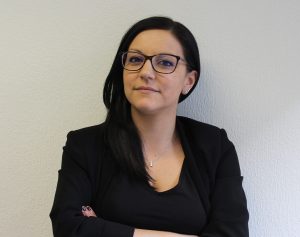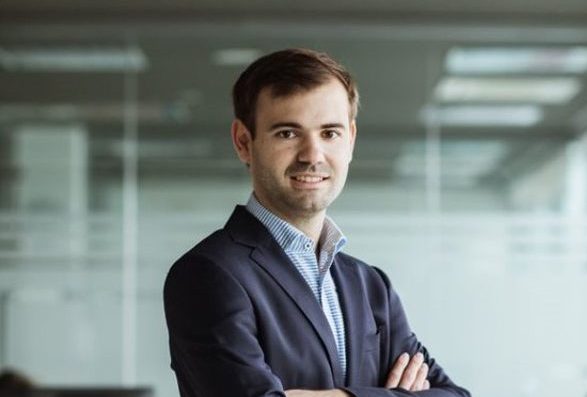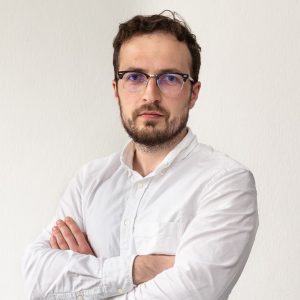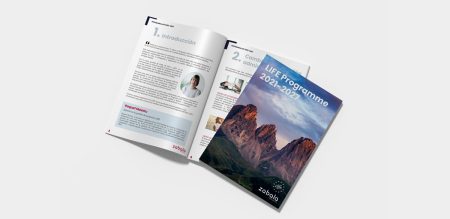
Opinion
Security area
Have you considered security in your innovation roadmap?

Margherita Volpe
Security, Space & Defence Knowledge Area Leader
EIC PATHFINDER
Requirements to participate in one of Horizon Europe's most competitive programmes


Entrepreneurship Consultant
A grant of up to €4 million with 100% financing of eligible costs for all types of entities, including for-profit organisations. This is the main attraction of the Pathfinder call, part of the European Innovation Council (EIC) programme, which aims to accompany the development of disruptive and innovative ideas from their origin or conceptualisation to their market launch and scaling.
Heir to the former Future Emerging Technologies (FET) call, which belonged to the Horizon 2020 programme, Pathfinder is responsible for supporting these ideas in their initial phase of technological maturity, financing their first validation through a proof of concept.
As with the other branches of the EIC programme (Accelerator and Transition), Pathfinder is also divided into two calls, Open and Challenge, which is differentiated by the type of projects they support. Open calls follow a bottom-up approach: any proposal can be submitted, regardless of its subject matter. Challenges, on the other hand, follow a top-down methodology, as it is the European Commission that decides which challenges are to be solved.
In the case of Pathfinder calls, only one cut-off date is set each year. In 2022, the Open call has already closed and the Challenges call is about to open, for which projects can be submitted from 15 June to 19 October.
The challenges identified for this call are the main novelty compared to 2021. They range from carbon dioxide and nitrogen dioxide management and recovery to DNA-based digital data storage, cardiogenomics, continuity of medical care, and medium- and long-term energy storage and integrated systems.
It also highlights the 15% increase in the budget, from 145 million euros released last year to fund 39 of the 403 proposals evaluated (9.5%), to 167 million euros for the 2022 edition.
Beyond an unbeatable level of funding, the EIC Pathfinder Challenges is interesting because the consortia that apply tend to be smaller than in other calls (an average of 5.5 partners in 2021) and therefore their projects are easier to manage. The proposal is also relatively short. This is not to say that it is simple, but its length of just 25 pages encourages greater participation.
The other instruments and services provided by the EIC to Pathfinder beneficiaries should also not be overlooked. They will have access to EIC Booster Grants, the EIC Transition call, networking events, investment rounds and business acceleration services, among others.
For all these reasons, the EIC Pathfinder Challenges is gaining popularity, which is reducing the success rate of one of the most competitive programmes within Horizon Europe. Based on these premises, at Zabala Innovation we believe that, in order to be successful, the essential requirements are to develop a disruptive, non-incremental technology (i.e. one that represents a paradigm shift in its technological area), and that has a clear commercial application or responds to a market need.
Although the participation of single entities is allowed, it is necessary to have a solid consortium that covers both the technological and market aspects. The leader of this type of project is usually the university from which this disruptive technology emerges. However, it must be backed by private companies looking for a long-term economic return. As these are very immature technologies that still have a long way to go to reach the market, these companies are usually start-ups or spin-offs from universities, as large industries or companies are looking for a shorter-term return.
At Zabala Innovation we have experience in both the preparation of proposals and the implementation of projects in which we participate as partners. In the first case, we help applicants to organise the activities to be developed during the project and to focus on how to generate the expected impact. The latter is an area in which researchers are often not experts.
As partners, we participate in the management, communication, dissemination, and exploitation tasks, enhancing the overall impact of the project. Two examples of these are BOW and the recently completed VES4US, which have been very positively evaluated by the European Commission.

Pamplona Office
Entrepreneurship Consultant

Opinion
Security area

Margherita Volpe
Security, Space & Defence Knowledge Area Leader

Opinion
WATER

Yaiza Tejido
Senior Consultant in European Projects and expert in the LIFE Programme

Opinion
Clean hydrogen

Gorka Arzallus
Consultant and transport and hydrogen expert

News
The actions include extended deadlines in Horizon 2020 and additional funding opportunities for viral research.

Opinion
Security area

Margherita Volpe
Security, Space & Defence Knowledge Area Leader

Publication
LIFE 2021-2027
Don't miss the changes in administrative and financial management that have taken place in LIFE, the most important European environmental programme
The important thing is not to keep moving, but rather to know in which direction to go. Our 37% success rate proves that we know how to guide our clients.
This website uses cookies so that we can provide you with the best user experience possible. Cookie information is stored in your browser and performs functions such as recognising you when you return to our website and helping our team to understand which sections of the website you find most interesting and useful.
Strictly Necessary Cookie should be enabled at all times so that we can save your preferences for cookie settings.
This website uses Google Analytics to collect anonymous information such as the number of visitors to the site, and the most popular pages.
Keeping this cookie enabled helps us to improve our website.
Please enable Strictly Necessary Cookies first so that we can save your preferences!
This website uses the following additional cookies:
(List the cookies that you are using on the website here.)
Please enable Strictly Necessary Cookies first so that we can save your preferences!